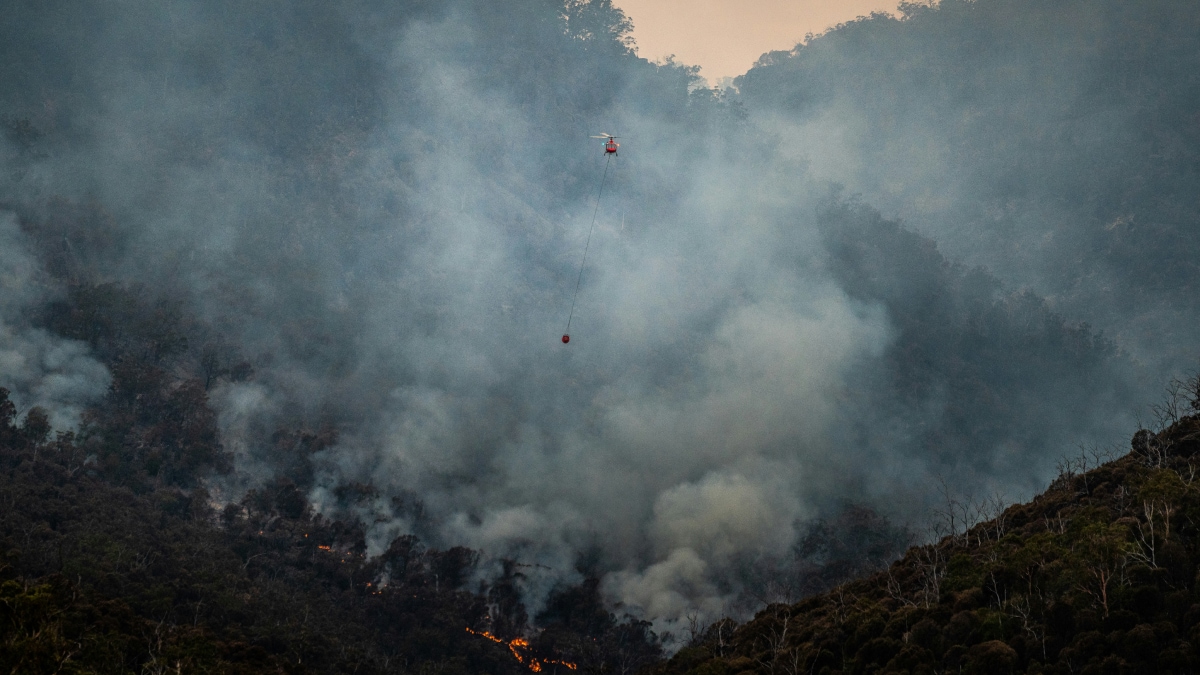A recent study has found that forests destroyed by wildfires continue to emit carbon dioxide (CO₂) for years after the flames have been extinguished. The boreal forest, a critical CO₂ sink stretching across Earth's northern latitudes, plays a crucial role in removing carbon from the atmosphere. However, when these forests burn, they release large amounts of CO₂, exacerbating climate change.
Impact of Wildfires on Boreal Forests
The research, conducted in central Sweden following the extreme wildfires of 2018, revealed that burnt areas continue to release CO₂ long after the fires have died down. This ongoing emission is significant, as it doubles the amount of CO₂ released during the fire itself. Scientists measured CO₂ exchange between the land and atmosphere over four years, comparing burnt and unburnt regions, as well as areas subjected to different post-fire management strategies.
Post-Fire Emissions and Recovery
In the study, areas where trees were killed by the fire or removed through salvage logging emitted an average of 650 grams of carbon per square metre in the first four years. In comparison, an unburnt forest of similar size would typically remove 1,200 grams of carbon from the atmosphere during the same period. The findings suggest that it could take more than 40 years for the burnt forest to recapture the CO₂ lost in the fire.
Role of Post-Fire Management
The research also highlighted the importance of post-fire management in the recovery of forests. Practices like salvage logging and soil ploughing, which are common in Sweden, were found to slow down the regrowth of vegetation. This delay hinders the forest's ability to become a CO₂ sink again. Conversely, leaving surviving trees standing allows them to continue capturing carbon, albeit at a reduced rate.
Implications for Climate Modelling
This study emphasizes the need to rethink forest management practices as wildfires become more frequent due to climate change. It also calls for climate modellers to factor in the prolonged CO₂ emissions from burnt forests when assessing the environmental impact of wildfires.
































